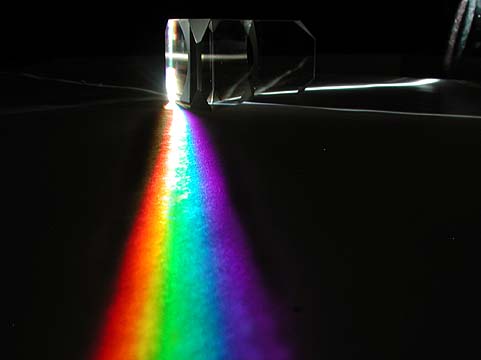
When you hear the word “robot”, what image usually comes to mind? Is it a metallic, boxy machine? A sleek android that talks to people? A robot is a machine that is automatically operated and completes tasks in replacement for humans. Some robots are humanoid and have actions that resemble human movement, such as ASIMO (Advanced Step in Innovative Mobility), a robot created by Honda that can walk with two legs (Honda).

When discussing space art, one can mean at least two different things. The term can refer to art made on Earth that is then sent into outer space, or art produced while in space. Going with the former definition, our exhibits come down to Earth’s closest neighbor in the Solar System and the rest of the cosmos.

Climate change affects the entirety of the earth’s surface, and nowhere more so than our oceans. While our seas cover about two-thirds of the earth’s surface they absorb over ninety percent of the additional heat attributable to global warming. Both land masses and bodies of water absorb and reflect solar radiation that rebounds off of the greenhouse gases trapped in our atmosphere, but the latter is generally more absorptive and holds on to heat longer due to differences in physical properties. This of course has led to increases in global seawater temperatures, which has and continues to endanger several aquatic species. This article will examine one of those species and go over human efforts to preserve it.

A lesson plan look at the relationship between limits and the continuity of a function for calculus. In the last article, we started talking about limits and their applications for analyzing functions. In this article, we will look at how limits can be used to determine the continuity of a function at a point.

On April 10th, 2019, astronomers made a historical discovery within the enshrouded area: they captured the first picture of a supermassive black hole. Learn more about black holes with us!

In this easy optics physics lesson, we learn about differences between Concave and Convex Lens, the Thin Lens Equation and how to problem-solve AP Physics or MCAT Physics problems.

In this Harry Potter-themed physics lesson, we discuss about concave and convex lens and how to calculate and use the thin lens equation. Hop on board Hogwarts Express 9 3/4 for some magical mathematics and problem solving with physics lens!

As the sun slowly rises in the early mornings of Japan, Kenji a young and bright high school student eagerly heads off to school. In his high-collared black uniform and with his backback strapped around his shoulders, he blends in easily among the crowd of other high school […]

















